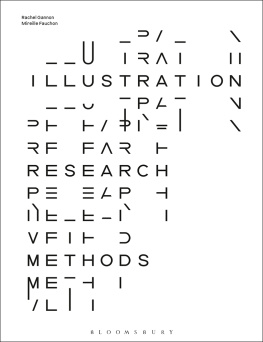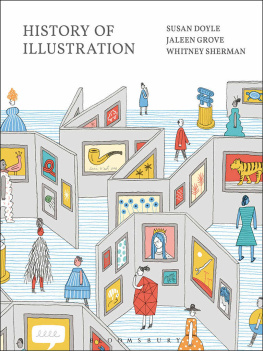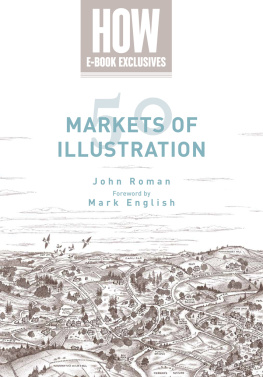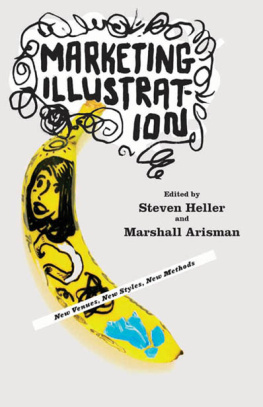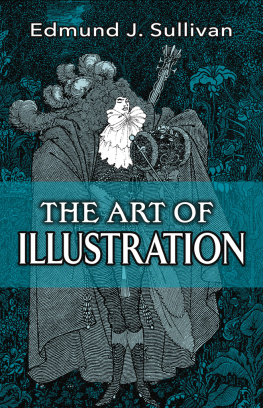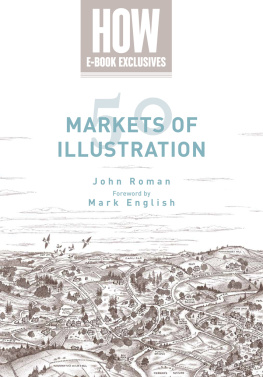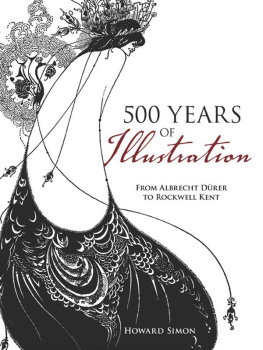BLOOMSBURY VISUAL ARTS
Bloomsbury Publishing Plc
50 Bedford Square, London, WC1B 3DP, UK
1385 Broadway, New York, NY 10018, USA
BLOOMSBURY, BLOOMSBURY VISUAL ARTS and the Diana logo are trademarks of Bloomsbury Publishing Plc
This electronic edition published in 2020 by Bloomsbury Publishing Plc
First published in Great Britain 2021
Copyright Rachel Gannon and Mireille Fauchon, 2021
For legal purposes the constitute an extension of this copyright page.
Cover design: Angelo Stitz
All rights reserved
You may not copy, distribute, transmit, reproduce or otherwise make available this publication (or any part of it) in any form, or by any means (including without limitation electronic, digital, optical, mechanical, photocopying, printing, recording or otherwise), without the prior written permission of the publisher. Any person who does any unauthorised act in relation to this publication may be liable to criminal prosecution and civil claims for damages.
Bloomsbury Publishing Plc does not have any control over, or responsibility for, any third-party websites referred to or in this book. All internet addresses given in this book were correct at the time of going to press. The author and publisher regret any inconvenience caused if addresses have changed or sites have ceased to exist, but can accept no responsibility for any such changes.
A catalogue record for this book is available from the British Library.
ISBN: 978-1-3500-5143-0 (PB)
ISBN: 978-1-3500-5145-4 (eBook)
ISBN: 978-1-3500-5144-7 (ePDF)
To find out more about our authors and their books please visit www.bloomsbury.com where you will find extracts, author interviews and details of forthcoming events, and to be the first to hear about latest releases and special offers, sign up for our newsletters.

Defining illustration practice, principles and methods. A framework for researching as an illustrator.
Using narrative theory to analyse how narratives are constructed and communicated. Storytelling as an illustrative research method and how stories function in the real world. Distinctive methods for reading, analysing and interpreting texts as an illustrator and how words and text can be illustration.
Where and how to start researching when working within documentary and journalistic practices. Methods for researching the lived experience of others, including listening and observing, and engaging people and communities through practice. Navigating issues and concerns around authenticity, truth, representation, accountability and positioning.
Making as a distinctive research method, where the workshop is a laboratory, and thinking happens through experimentation and prototyping. Understanding materials, tools and objects and how they hold and convey meaning. Applying illustrative thinking and methods to found objects, 3d forms, tactile works and the virtual realm.
Why an understanding of political and economic ideas and structures is needed for an informed research practice. Strategies and methods the illustrator can use to activate audiences and disseminate ideas. The illustrator as facilitator and working with people and communities.
Pedagogic ideas and methods and how to develop your own distinctive approach or philosophy. Using illustration as a method and an outcome to teach / learn other subjects including creating educational experiences and activities, using storytelling and (self) narrativisation and interactivity, and performative methods.
Speculative imaginings for illustration as a discipline, practice and method.
Practical advice and useful information for proposals, interviews and working with others. How to ensure a reflective, responsible and ethical approach to research.
INTRODUCTION
The ideas in this book have developed over many years. We met as students in 2006, both specialising in illustration on the then named Communication Art and Design MA programme at the Royal College of Art. From that point we formed a co-supportive friendship and went on to become colleagues and collaborators, all the while navigating and negotiating our individual roles as illustrators, practitioners, educators and researchers.
Throughout our professional lives we have fortunately found ourselves working within an expansive community of practice, encompassing creatives, thinkers, makers, educators and theorists, all highly skilled and knowledgeable across a diverse range of specialisms. The critical position at which we find ourselves has, in no small part, been influenced by the generosity of this informative network.
To describe the illustration industry as changing is now somewhat platitudinous. What can be asserted with confidence is that the field is as wide as it is amorphous. No predicted visual, or indeed creative, response, can be expected of the contemporary practitioner. We believe contemporary illustration practice to be at a critical point.
The expansion of illustration practice goes hand in hand with its rise in popularity among prospective students. The educational environment is often where the most exploratory forms of practice are found. What we urgently need to consider is how to foster this ambition in such a way that can translate and have application within an increasingly precarious professional environment. Students can graduate to find a fissure between the reality of a professional practice and the experimental ways of working encouraged in education, and struggle to transfer the skills and knowledge theyve gained to work in adjacent fields. This has prompted an irreversible shift towards the formation of a subject no longer confined by parameters set by industry or business. New agendas are fuelled by imagination, inventiveness and yearning aspiration.
Students are consistently the most valuable resource any educator can draw from, and it is here that we look to ascertain what the future might hold for illustration. The students we have worked with have constantly challenged our understanding of the forms that illustration can take and the ways it can operate, and they humbly remind us of our position as facilitators, not connoisseurs.
About this book
The impetus to write this book was born from a recognition that no texts could be found on any generic academic reading lists that captured our burgeoning philosophy of illustration as a discipline. Despite a concerted effort among the international academic community notably the Illustration Research Network to establish new benchmarks for the study of illustration, we recognised a serious shortfall in the subject of specific critical discourse. With practice-based research being the mainstay of much of our approach to teaching, we wanted to produce a text that paid particular attention to the mechanisms of illustration. Too often, emphasis of illustration work is placed on the finished artefact, the stylistic decisions made and / or the message conveyed. However, much of our time working with students focuses on developing methods, the processes of thinking and doing, which enable an intelligent and articulate body of work. To advance the subject, what is required is a close analysis of the methods through which it is determined, the means of production and the rigorous processes and considerations that inform the most seemingly miniscule of decisions.
This book attempts to describe the methods we recognise as distinctive within contemporary practice and to acknowledge them, not only as integral to the realisation of an illustration artefact, but intrinsic to the holistic creative outcomes. Rather than dwell on finished products, we address the

